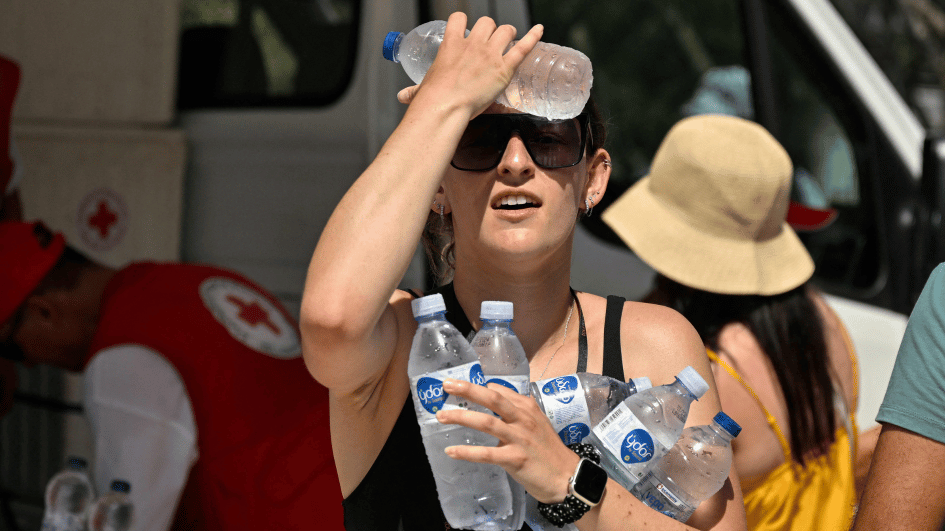Nepal changes Everest route after avalanche
KATMANDU-Agence France Presse
 Nepalese officials said on Feb. 18 they are changing the route that climbers take up Mount Everest after an avalanche killed 16 guides last year, the deadliest accident in the mountain’s history.
Nepalese officials said on Feb. 18 they are changing the route that climbers take up Mount Everest after an avalanche killed 16 guides last year, the deadliest accident in the mountain’s history.The new route will take climbers through the center of the treacherous Khumbu Icefall just above Everest base camp, avoiding the section to the left of the glacier where last year’s avalanche occurred.
“We will set a route around the center to minimize risk of avalanche disasters,” said Yangee Sherpa of the Sagarmatha Pollution Control Committee, the agency authorized to set the route.
“We have already prepared the equipment required to begin the season,” he told AFP.
Nepal’s icefall doctors, the highly skilled mountaineers who prepare the 8,848-metre (29,028 feet) peak for climbers, will go to Everest next month to fix ropes along the route, which was last used in the 1990s.
Tashi Sherpa, who has scaled the world’s highest peak eight times, said the new route was less risky because there were no ice cliffs or hanging glaciers above it.
These can break off suddenly, particularly as the weather warms in the spring, triggering rockfalls and avalanches.
“It is slightly more difficult to climb, but there is less danger of accidents from ice or snow falling from above,” Sherpa told AFP.
The death of 16 guides during last year’s brief spring climbing season sparked an unprecedented shutdown of the world’s highest peak.
Dozens of guides were on the move when a huge block of ice broke off from a hanging glacier before splitting into smaller chunks and barreling down into the icefall, one of the most dangerous areas on the route to ascend Everest.
The season ended with only one successful summit after climbers abandoned their plans following the deadly avalanche.
More than 300 people, most of them local guides, have died on Everest since the first summit by Sir Edmund Hillary and Tenzing Norgay in 1953.
Every year, hundreds from around the world attempt to scale peaks in the Himalayas when weather conditions are ideal.
Mountaineering is a huge revenue earner for the impoverished Himalayan country, home to eight of the world’s 14 peaks over 8,000 meters.
















